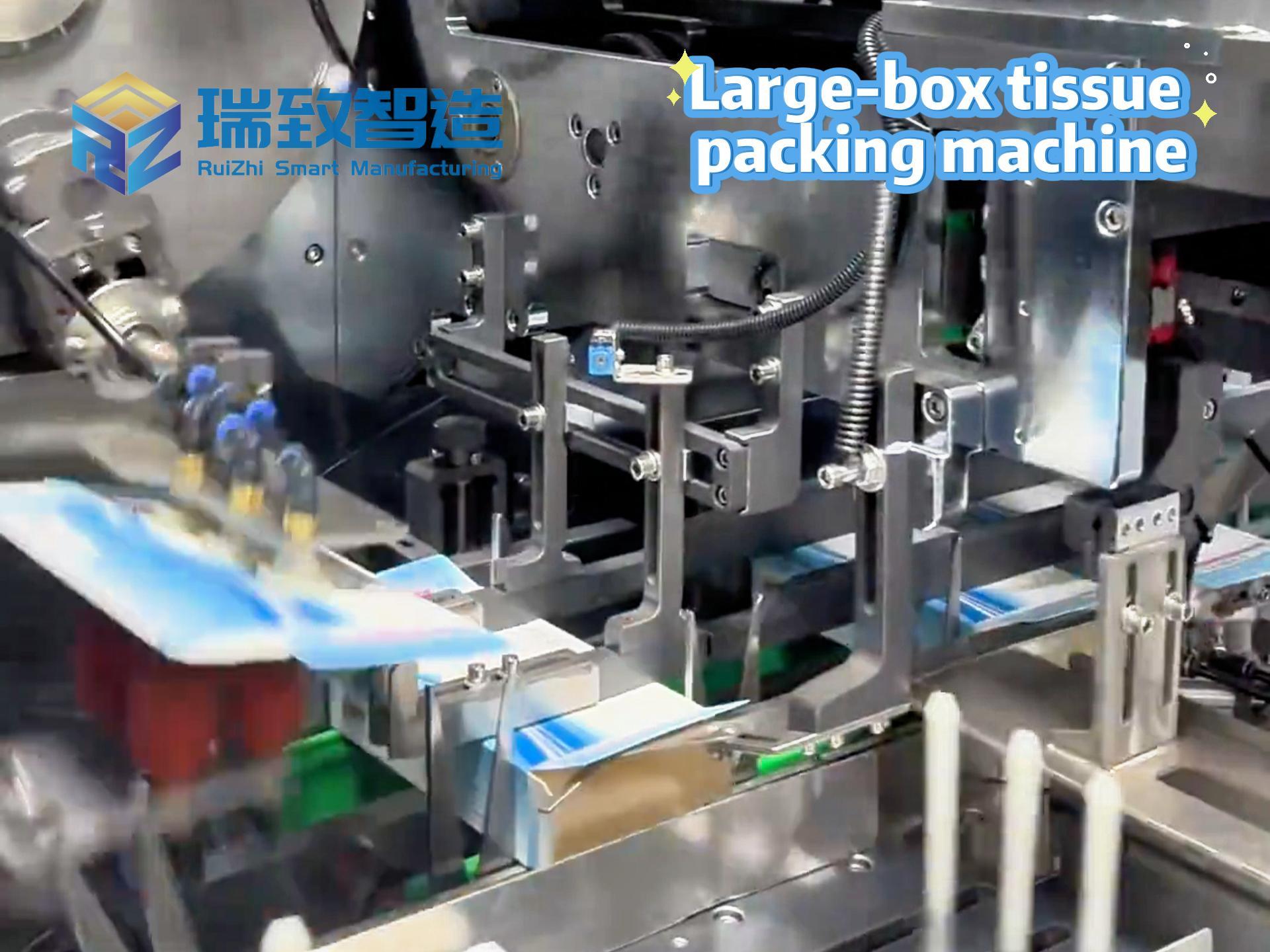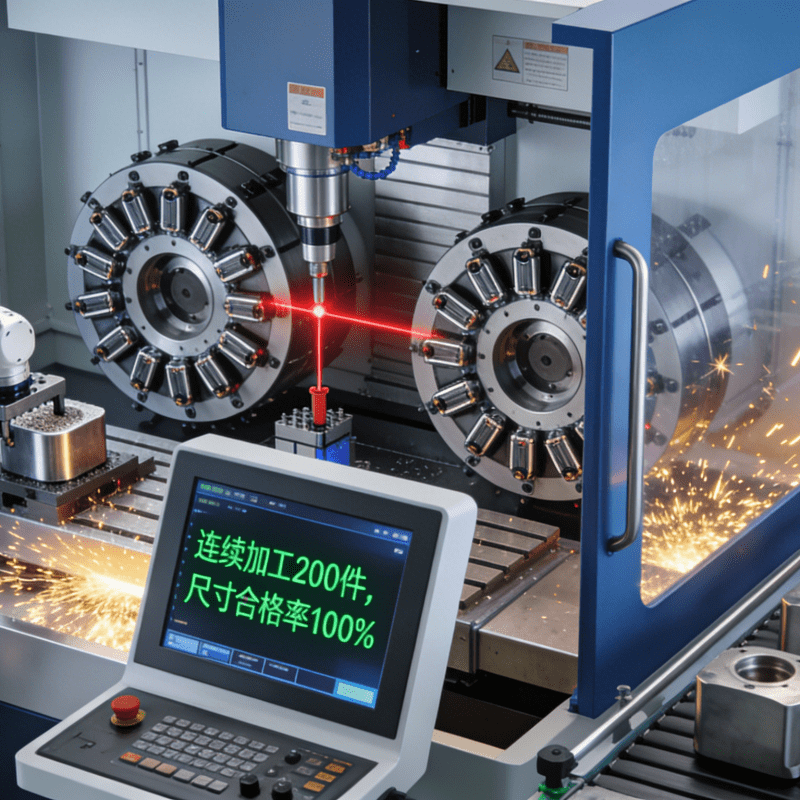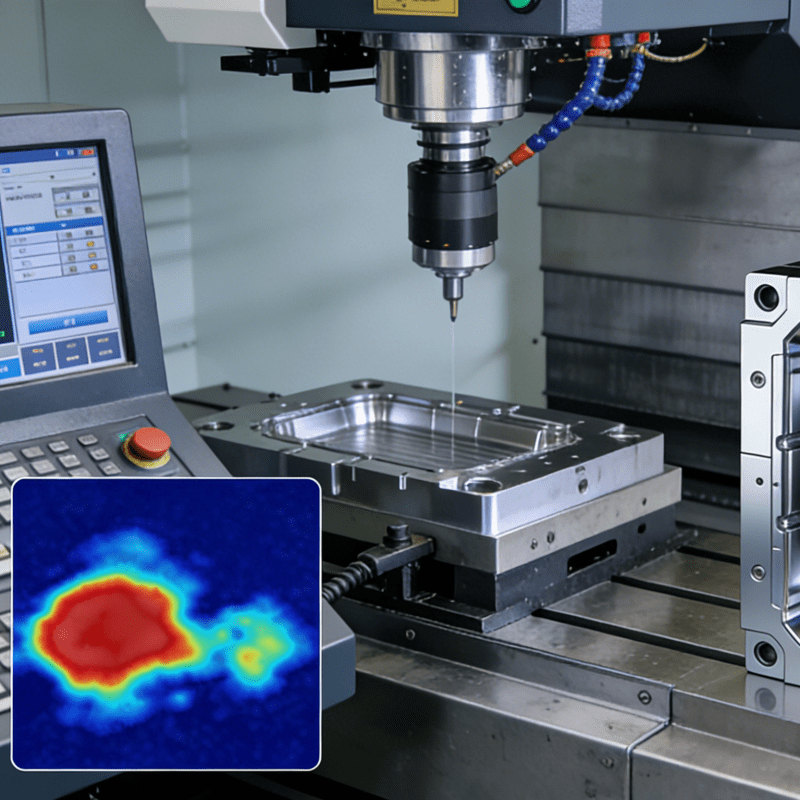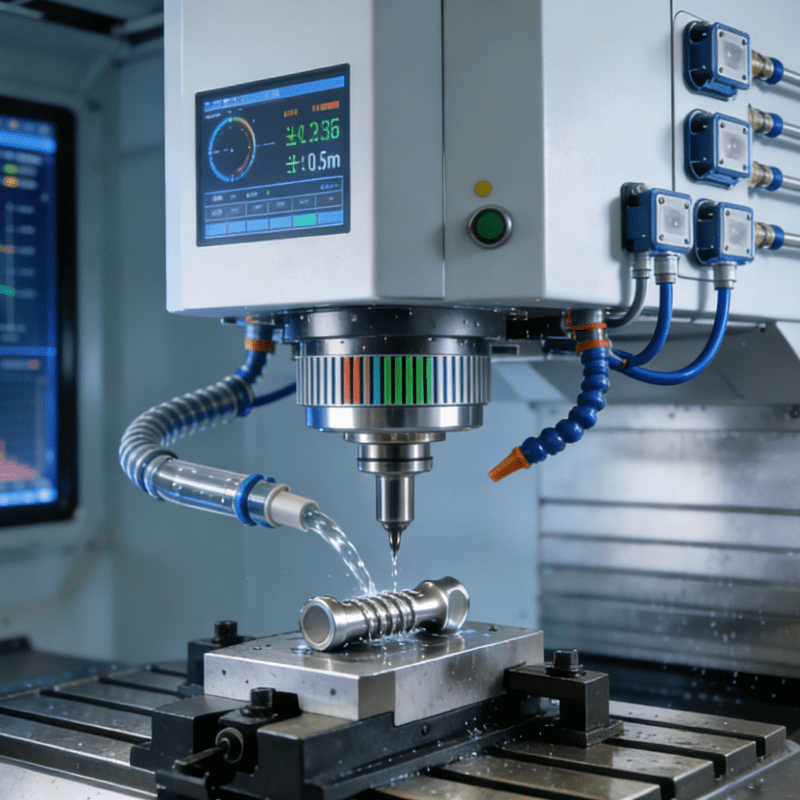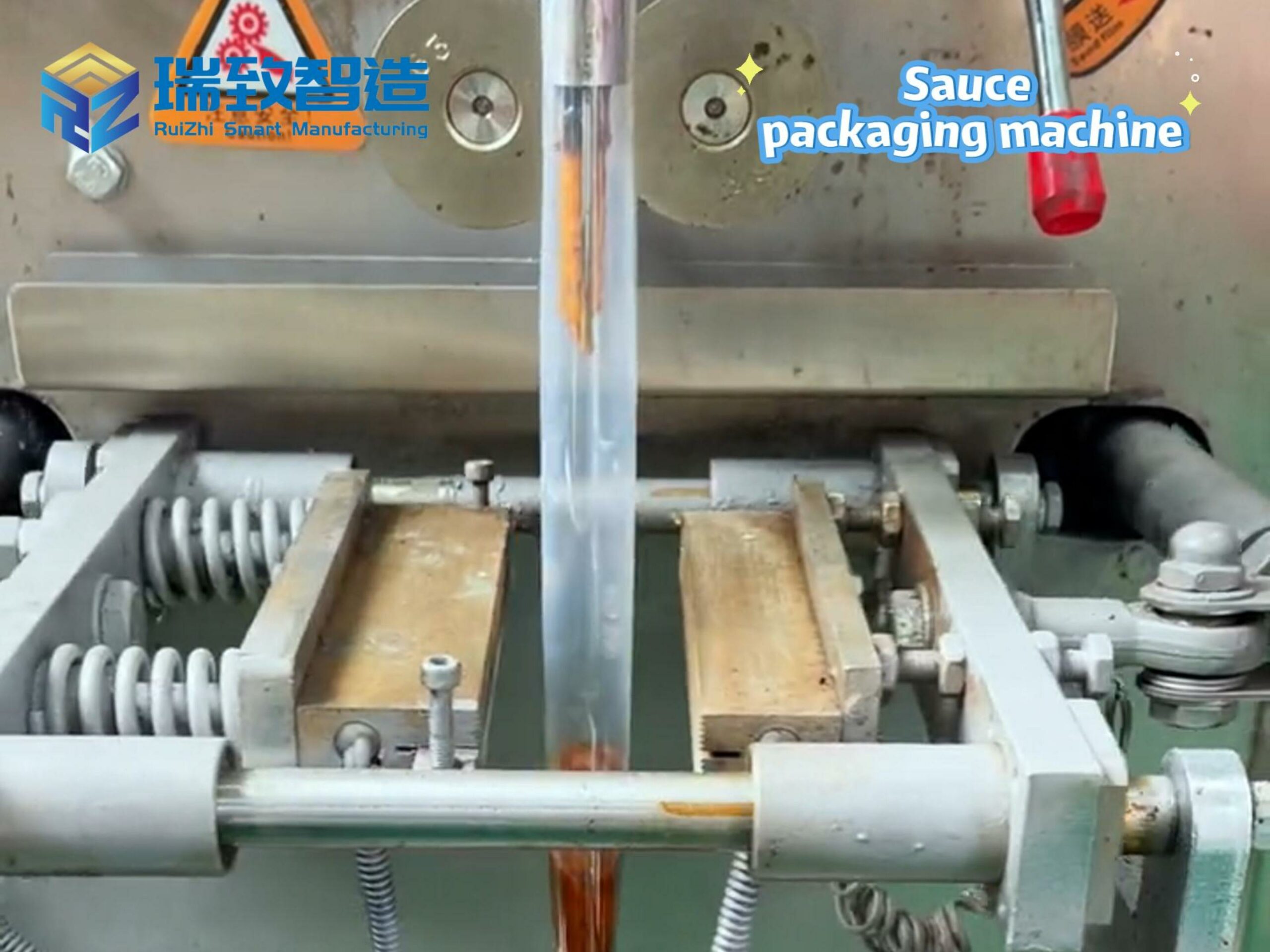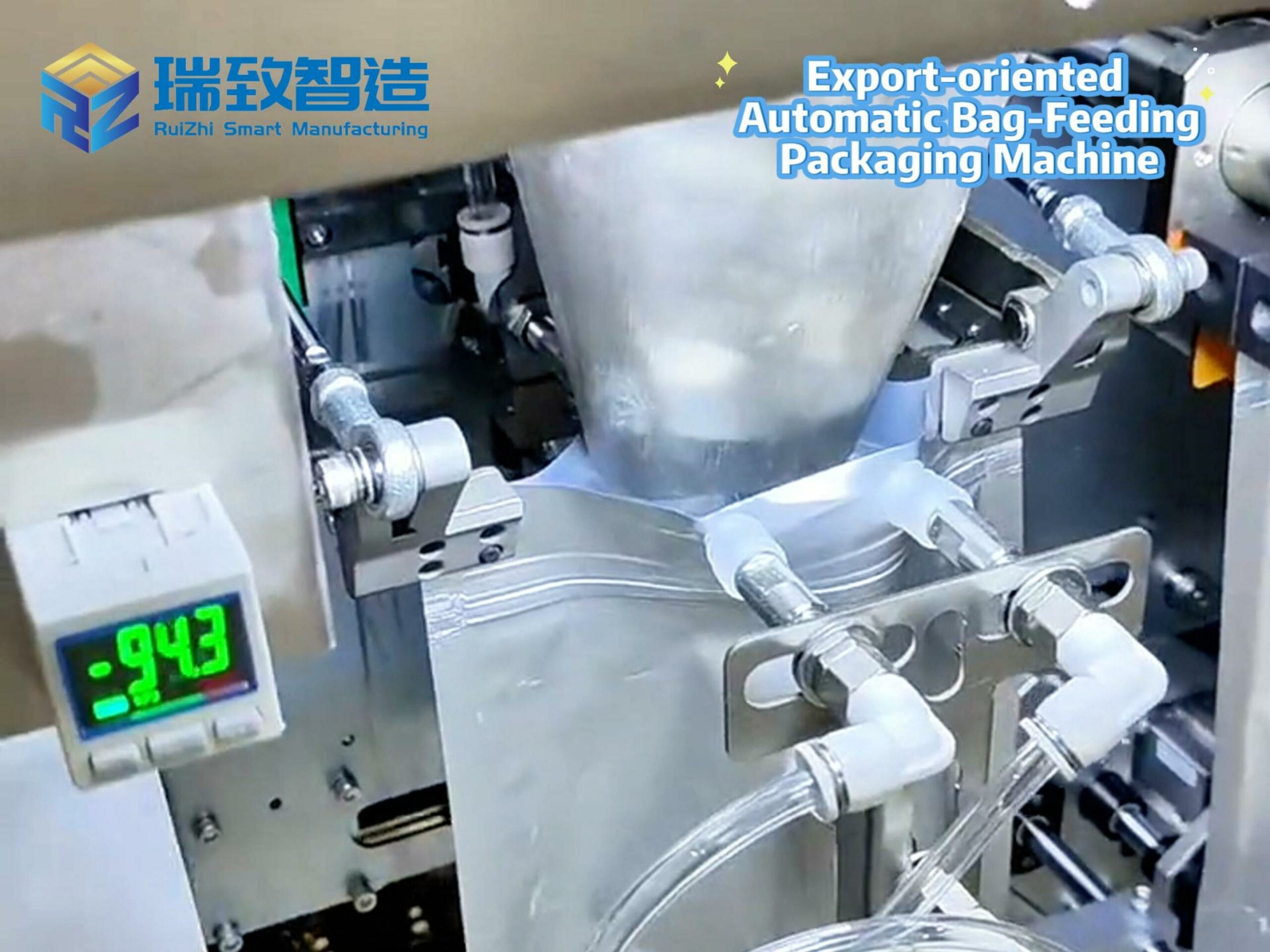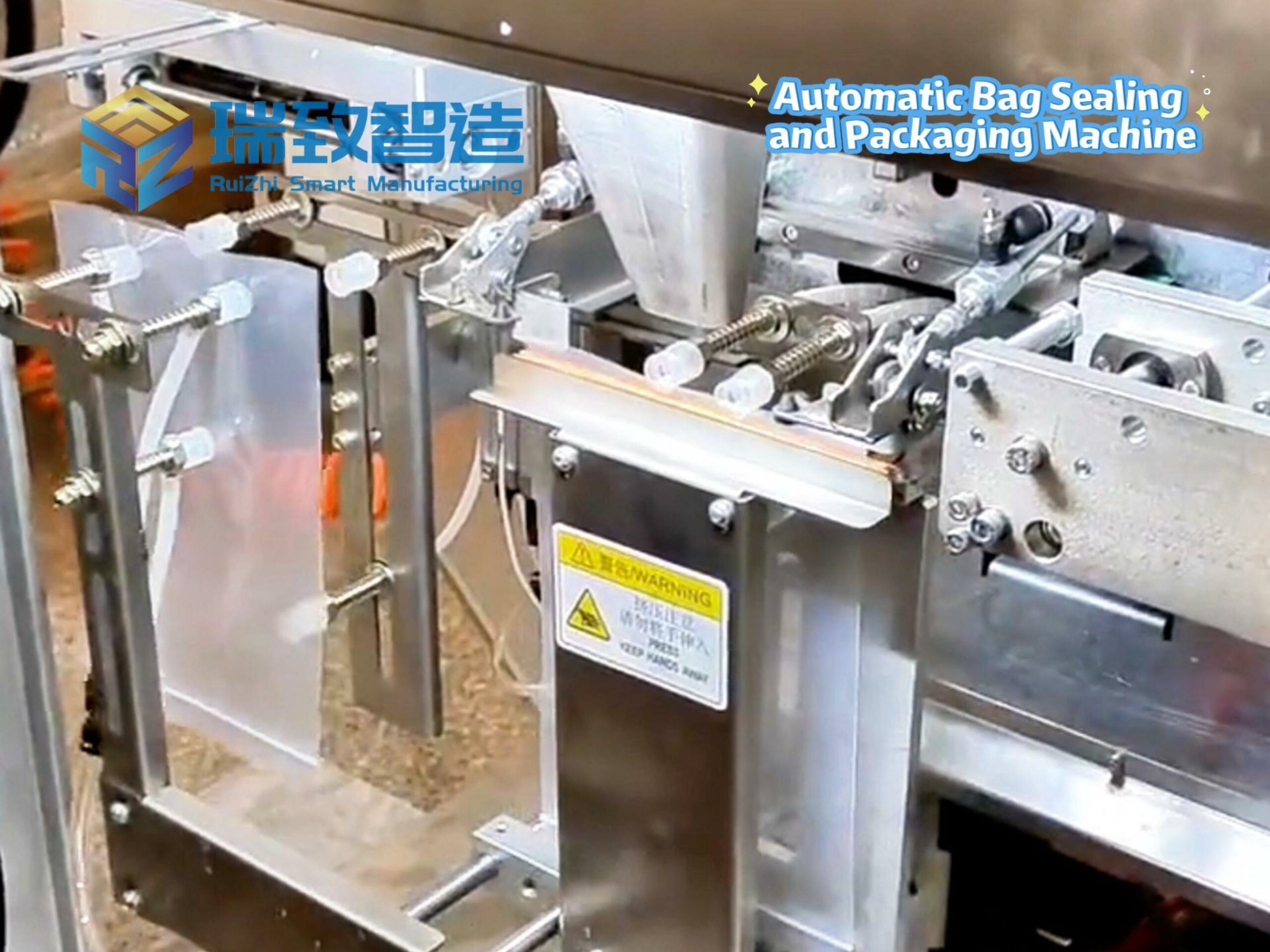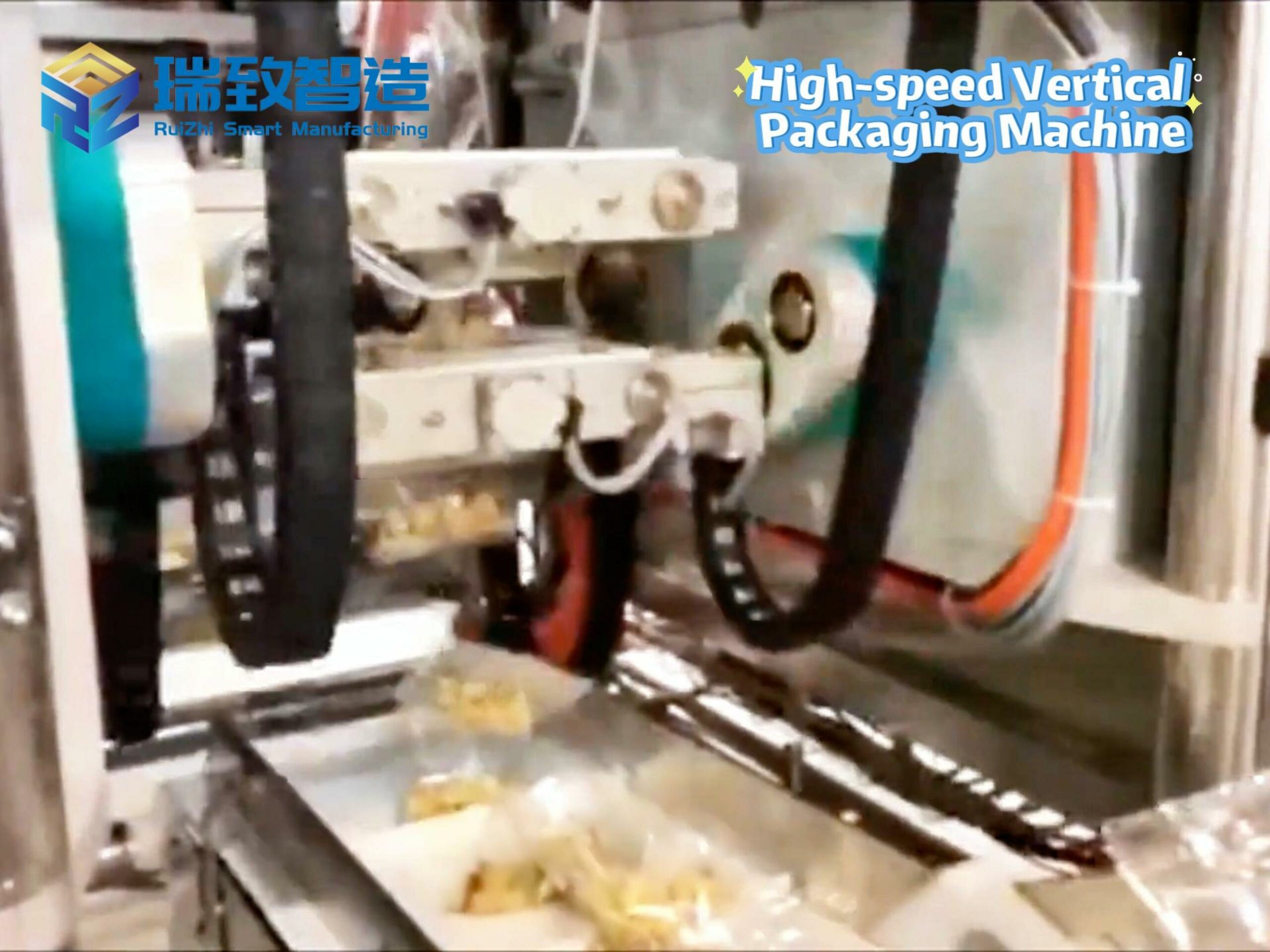Table of Contents
ToggleGreen Smart Manufacturing: Finding the Optimal Solution Between Efficiency and Sustainability

Driven by the dual goals of “carbon peaking and carbon neutrality” and the ESG (Environmental, Social, Governance) philosophy, green smart manufacturing has evolved from an “enterprise responsibility” to a “core competitiveness”. A series of technological innovations are rewriting the traditional manufacturing image of “high energy consumption and high emissions”, achieving a win-win integration of economic and environmental benefits.
一、Technological Innovation: Full-Process Green Empowerment
The lithium battery production line at CATL’s Liyang Plant sets a benchmark for green manufacturing: AI algorithms optimize the oven temperature curve in the coating process in real time, reducing energy consumption per unit by 22%; the electrolyte recovery system achieves a solvent recovery rate of 95% through condensation distillation technology, reducing hazardous waste emissions by 1,200 tons annually; photovoltaic roofs and energy storage systems meet 30% of production electricity demand, with a carbon emission intensity 40% lower than the industry average. More importantly, its “Battery Carbon Footprint Management System” records the full-chain emission data of each battery from lithium ore mining to battery recycling through blockchain technology, making it the first battery factory certified by the International Sustainability Standards Board (ISSB).
In the process industry, Baoshan Iron & Steel simulates the blast furnace ironmaking process through digital twin technology, optimizing the ratio of coke to iron ore to reduce energy consumption per ton of steel from 600kg standard coal to 550kg, saving 1.2 million tons of standard coal annually (equivalent to 3 million tons of CO₂ emissions reduced). Its developed “dry quenching waste heat recovery technology” converts waste heat from the coking process into steam for power generation, meeting 20% of the factory’s electricity demand and increasing energy utilization efficiency by 18%.
二、Model Innovation: Circular Economy and Green Supply Chains
BMW’s Shenyang Plant demonstrates the deep transformation of green manufacturing through its “closed-loop manufacturing” model: The vehicle body uses 30% recycled aluminum and 25% recycled steel, with a power battery recycling rate of 95%; during production, 98% of wastewater is treated and reused, and 100% of industrial waste gas is processed through zeolite rotors + RTO incineration, with emission concentrations only 1/5 of national standards. More innovatively, its “product-as-a-service” model provides services such as battery leasing and vehicle recycling, reducing the full-life-cycle carbon footprint of single vehicles by 40% compared to the previous generation, making it the first luxury automobile manufacturer certified as a “carbon-neutral factory”.
The textile industry cluster in Zhejiang achieves environmental upgrades for small and medium-sized enterprises (SMEs) through a “green manufacturing cloud platform”: The platform integrates the shared use of 1,000 energy-saving warping machines and 500 sets of wastewater treatment equipment, reducing dyeing and finishing energy consumption for SMEs by 25% and increasing water reuse rates to 75%. Blockchain technology is used to trace the environmental attributes of fabrics, giving products certified by GOTS (Global Organic Textile Standard) a 30% price premium and forming a virtuous cycle of “green manufacturing – high-end markets”.
三、Policy and Market: Inevitable Choices Under Dual Drivers
With the implementation of the EU’s Carbon Border Adjustment Mechanism (CBAM) and the U.S. Inflation Reduction Act, green manufacturing has become a “ticket” to enter global markets. Haier’s inverter air conditioner uses blockchain technology to showcase carbon reduction data to consumers (1,200 kWh saved and 960kg of CO₂ emissions reduced per unit annually), becoming the first home appliance product certified with a “carbon label”, with sales in the European market increasing by 22%. Data shows that the global green manufacturing technology market reached $1.2 trillion in 2023, with a year-on-year growth rate of 28%, where energy management, waste recycling, and low-carbon processes have become the three major investment hotspots.
四、Future Outlook: From “Green Manufacturing” to “Manufacturing Green”
As green concepts are integrated into the manufacturing gene, future factories will present a brand-new landscape:
- Energy Self-Sufficiency: Tesla’s Berlin Plant’s rooftop photovoltaic system and energy storage power station meet 80% of electricity demand, with the remaining 20% purchased as green power, achieving “net-zero carbon production”.
- Material Circulation: A domestic new energy enterprise has developed “battery-grade lithium carbonate recycling technology”, achieving a lithium recovery rate of 98% from 退役 batteries, with costs 40% lower than mineral extraction.
- Process Innovation: 3D printing technology using recycled plastic particles consumes only 1/3 of the energy of injection molding during printing, making “zero-waste manufacturing” possible.
Green smart manufacturing is not a choice but a necessity. It is not only a responsibility to address climate crises but also a core driver to enhance enterprise competitiveness. When energy conservation and carbon reduction form a synergistic effect with efficiency improvements, and when green technologies and business model innovations empower each other, the manufacturing industry will achieve a magnificent transformation from “environmental cost” to “environmental value”, laying a solid foundation for the sustainable development of human society.

